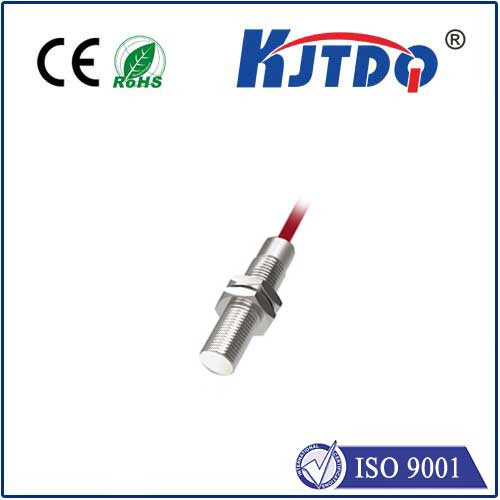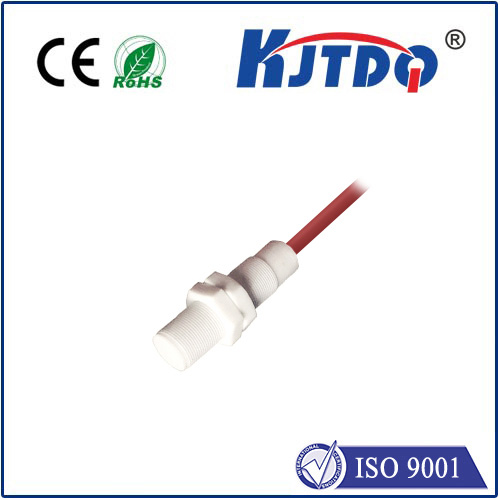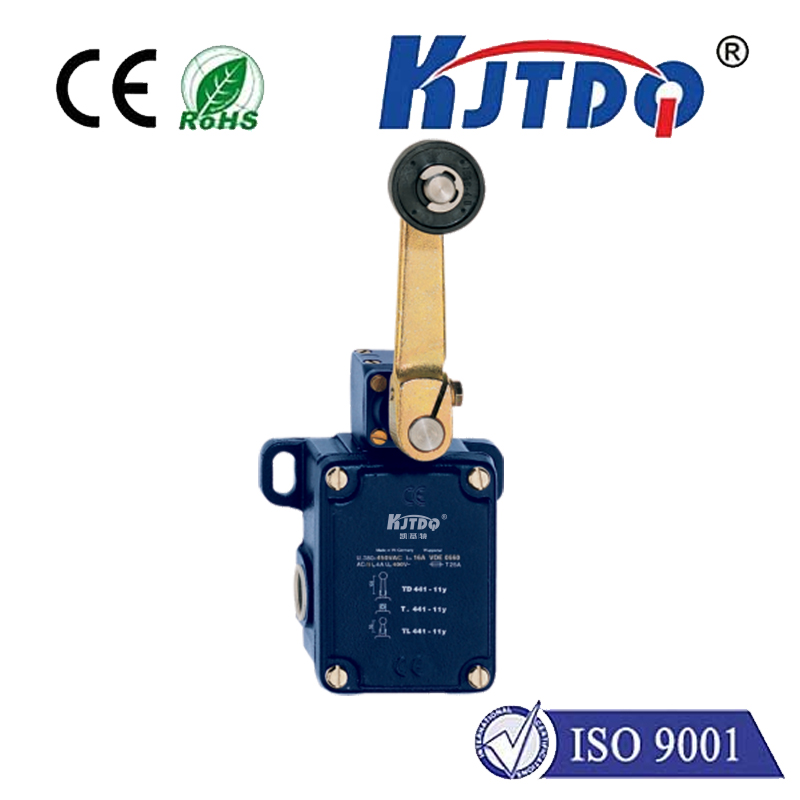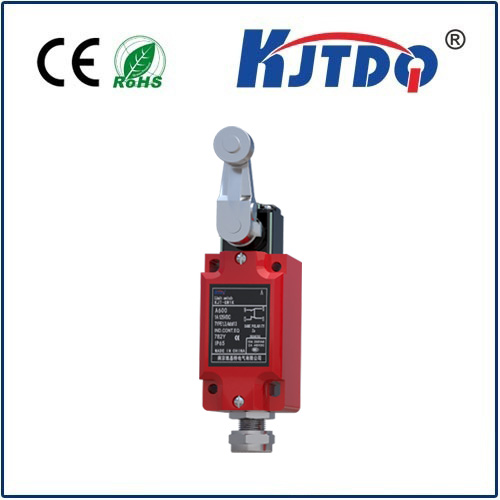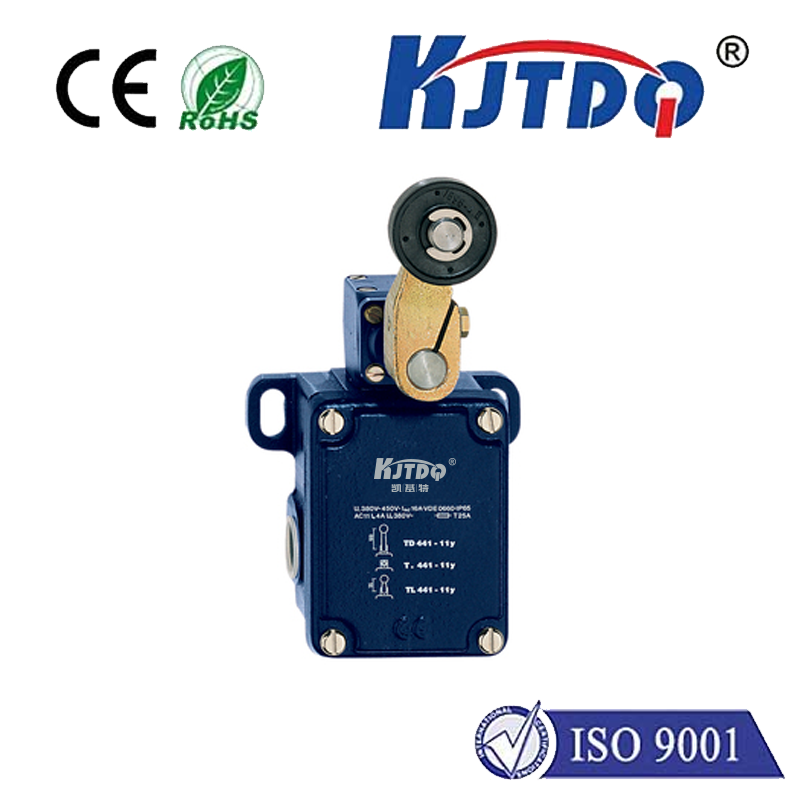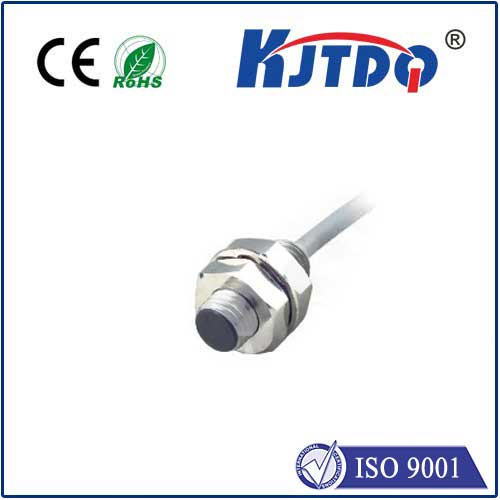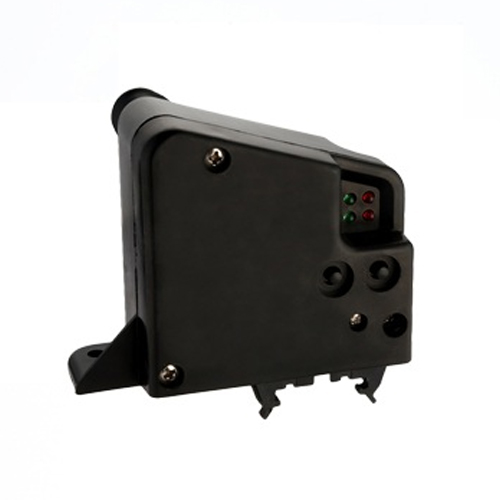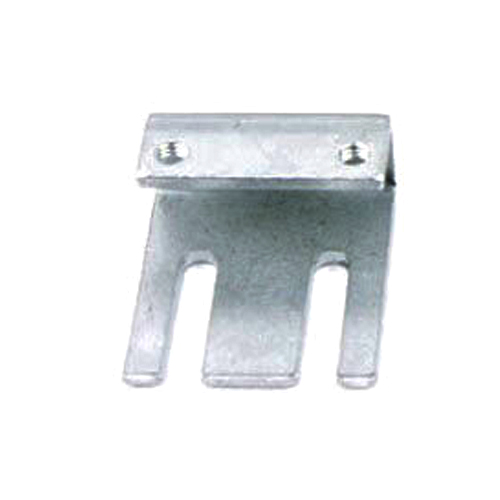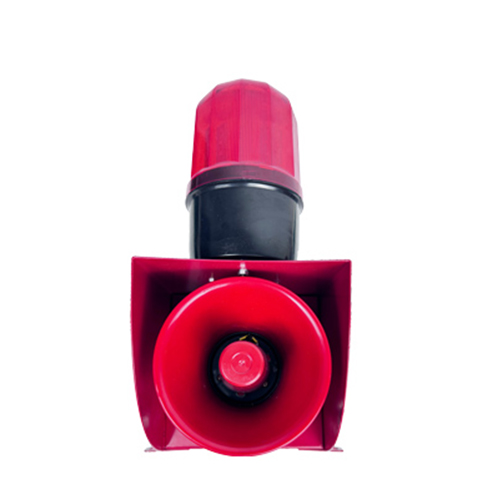prt temperature sensor
- time:2025-08-24 02:59:29
- Click:0
PRT Temperature Sensors: Precision Measurement with Platinum Resistance Thermometers
Imagine a critical production process grinding to a halt because a slight, undetected temperature shift ruined an entire batch. Or a vital laboratory experiment yielding unreliable data due to imprecise thermal readings. In countless industrial, scientific, and commercial settings, accurate temperature measurement is non-negotiable. This is where the Platinum Resistance Thermometer (PRT or RTD) steps in, offering unparalleled precision and reliability as the gold standard for demanding applications. Often referred to simply as a PRT temperature sensor, this technology leverages the predictable behavior of pure platinum wire to deliver trustworthy thermal data.
Understanding the Core Principle: The Platinum Advantage
At the heart of every PRT temperature sensor lies a fundamental property of materials: electrical resistance changes with temperature. Platinum, a noble metal, is exceptionally well-suited for this purpose. Its resistance increases in an almost perfectly linear and highly predictable manner as temperature rises. This predictable relationship, defined by international standards like IEC 60751 and ASTM E1137, is what makes PRTs so accurate and repeatable.
The sensing element itself consists of fine platinum wire, often wound into a coil for stability and minimal strain. This coil is meticulously housed within a protective sheath – typically ceramic or glass – and sealed to prevent contamination. The entire assembly is then enclosed in a protective metal probe (often stainless steel, Inconel, or other alloys) suitable for its intended environment. This careful construction ensures the platinum resistance thermometer element is shielded while allowing efficient thermal transfer.

Why Choose a PRT Temperature Sensor? Key Advantages
Several compelling benefits solidify the PRT sensor’s position in high-stakes temperature monitoring:
- Exceptional Accuracy and Stability: This is the standout feature. High-quality PRT temperature sensors achieve accuracies within ±0.1°C or better over specific ranges, far exceeding most thermocouples. Crucially, platinum exhibits minimal drift over time. Once calibrated, a PRT maintains its accuracy for years, reducing the need for frequent recalibration—a significant advantage in critical or hard-to-access installations.
- Superior Repeatability: PRTs deliver extremely consistent readings when exposed repeatedly to the same temperature point. This consistency is vital for process control, quality assurance, and scientific research where reliable, comparable data is essential.
- Excellent Linearity: The resistance vs. temperature curve for platinum is remarkably linear over wide ranges (commonly -200°C to +850°C, with specialized designs going much lower or higher). This linearity simplifies signal processing and calibration procedures compared to sensors with more complex responses.
- Long-Term Stability: Due to the inert nature of platinum and robust construction, PRT sensors exhibit minimal degradation in performance over extended periods. They are less susceptible to aging effects than many other sensor types.
- Wide Operating Range: Standard industrial Pt100 sensors (using 100 ohms at 0°C) comfortably cover ranges from -200°C to +500°C, with special designs (like Pt25 or Pt1000) or constructions capable of operating reliably from cryogenic temperatures up to 850°C or beyond.
Where Precision Matters: Applications of PRT Sensors
The unique combination of accuracy, stability, and reliability makes the PRT temperature sensor indispensable across diverse sectors:
- Laboratories & Calibration: Serving as primary or secondary standards for calibrating other temperature sensors and instruments. Traceability to national standards is paramount here.
- Industrial Process Control: Monitoring and controlling critical temperatures in chemical processing, refining, pharmaceutical manufacturing, food & beverage production, and power generation where precision impacts yield, safety, and efficiency.
- HVAC & Building Management: Ensuring optimal environmental control and energy efficiency in large-scale systems where stable, drift-free readings are crucial.
- Automotive & Aerospace: Measuring engine, exhaust, fluid, and environmental temperatures in demanding conditions requiring robust and accurate sensors.
- Medical & Life Sciences: Used in sterilization equipment, incubators, analytical instruments, and research applications where precise temperature control is vital.
- Energy & Utilities: Monitoring temperatures in turbines, generators, transformers, and renewable energy systems.
- Semiconductor Manufacturing: Controlling extreme temperatures during crystal growth, deposition, and etching processes with nanometer-scale precision requirements.
Selecting the Right PRT Sensor: Factors to Consider
Not all PRTs are created equal. Choosing the optimal platinum resistance thermometer requires attention to several key parameters:
- Temperature Range: Clearly define the minimum and maximum temperatures the sensor will encounter.
- Accuracy Class: Standards define classes (e.g., Class A, Class B, 1⁄3 DIN, 1⁄10 DIN) specifying tolerance limits. Higher accuracy classes command higher prices.
- Time Response: How quickly must the sensor react to temperature changes? This depends largely on the probe construction, sheath material, and diameter (thinner sheaths react faster).
- Probe Construction & Sheath Material: Must withstand the chemical environment, pressure, vibration, and potential abrasion. Common materials include 316 stainless steel, Inconel 600, Hastelloy, and ceramic.
- Connection Type & Wiring: Options include direct leads, terminal heads, or connectors. The wiring configuration (2-wire, 3-wire, 4-wire) significantly impacts measurement accuracy by compensating for lead wire resistance. 4-wire configurations offer the highest accuracy.
- Vibration and Shock Resistance: Critical in industrial machinery or transportation applications.
- Certifications: Requirements for specific industry standards (ATEX, IECEx, SIL, FDA) may dictate sensor features.
Installation and Handling Best Practices
Maximizing the performance and lifespan of your PRT temperature sensor involves proper installation:
- Ensure Good Thermal Contact: The sensor must be in intimate contact with the medium it’s measuring. Use appropriate thermal paste or ensure proper immersion depth in fluids.
- Avoid Mechanical Stress: Bending or stressing the probe, especially near the connection point, can damage the fragile platinum element or its leads. Use protection tubes or thermowells where physical impact is possible.
- Manage Lead Wire Effects: Understand the limitations of your wiring configuration. Use 3-wire or 4-wire PRT sensors where lead resistance could introduce significant error over long distances. Keep lead wires away from sources of electrical noise.
- Consider Process Environment: Ensure the sheath material is chemically compatible and rated for the pressure and temperature. Avoid areas of excessive vibration without proper mounting.
The PRT temperature sensor, or platinum resistance thermometer, remains the cornerstone technology for applications demanding the highest levels of temperature measurement accuracy, long-term stability, and repeatability. Its predictable, linear response defined by international standards provides confidence in critical processes across countless industries. From safeguarding pharmaceutical batches to optimizing energy production and enabling groundbreaking research, the reliable data provided by PRT sensors is fundamental to technological progress and operational excellence. When precision is paramount, platinum resistance is the proven solution.






